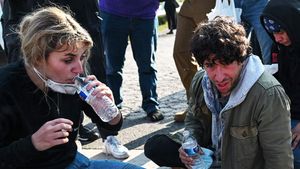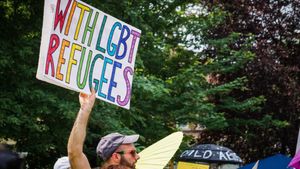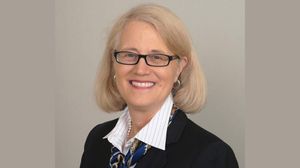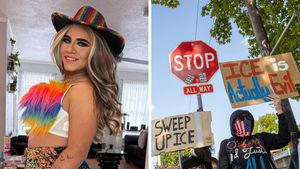The city of San Francisco saw rates of new HIV infections and deaths among people living with HIV drop to a new low in 2014 and the city continues to excel in testing and treatment compared to the state and nation, but disparities persist, according to a new report.
The SF Department of Public Health's HIV Epidemiology Annual Report shows and overall positive trend in combating HIV but notes that disparities along gender, race, age and homelessness continue, according to the Bay Area Reporter.
Overall, the city saw a nearly 19 percent drop in new infection rates from 371 in 2013 to 302 in 2014. Last year was the lowest number of new infections since the epidemic began. In addition, death among HIV-positive patients also declined by 15 percent from 209 in 2013 to 177 in 2014.
The decline in infection rates was credited to the success of new HIV prevention and care strategies, while the decline in deaths was attributed to better treatment.
"This decrease is due to the success of new HIV prevention strategies developed in partnership with community members, HIV prevention and care organizations, and the health department," said Tracey Packer, the director of community health equity and promotions at the department of public health.
The decline is likely due to a combination of factors including widespread testing and early treatment using antiretrovirals. San Francisco was the first city to recommend ART for all HIV-positive patients, regardless of CD4-cell count in 2010. In addition, the decline may be early signs of the effect of PrEP on HIV rates.
Truvada was approved for use as pre-exposure prophylaxis by the Food and Drug Administration in 2012, but adoption was slow going until the Centers for Disease Control and Prevention recommended PrEP in May 2014 for people who are high risk of contracting HIV. Therefore, it is unlikely PrEP had an effect on rates in 2014.
While San Francisco continues to a better job at getting people tested and access to treatment than the state or nation — for example, 93 percent of HIV positive people know their status compared to 87 percent nationwide — gender, class, and race continue to play important roles in the epidemic.
While the majority of people living with HIV in San Francsico are gay, male, and over 50, several demographics stand out in the report. African-Americans, for example, make up just 6 percent of the city's population yet account for 13 percent of HIV instances. Latinos also account for 18 percent of people with HIV. Transgender women accounted for 2 percent of those with HIV.
The numbers may change soon though as the San Francisco Department of Public Health is set to receive $2.9 million in funding from the CDC to tackle infection rates among gay, bisexual, and transgender people, particularly those who are African-American or Latino. The Department of Health is one of 17 organizations nationwide to receive funding from a total budget of $185 million.
Correction Sept. 23, 2015: An earlier version of this story said that the San Francisco Department of Public Health would receive $185 million in funding from the CDC to combat HIV infections. The $185 million is the total budget nationwide for 17 organizations of which the SF Department of Public Health is one. San Francisco will recieve $2.9 million to combat infections. For more information click here.



































































